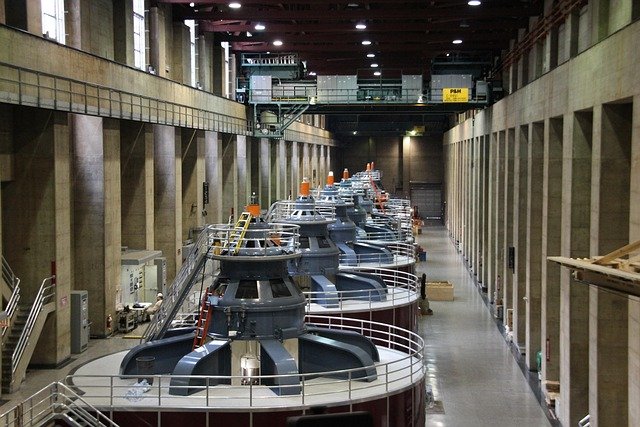Maintenance planning to extend service life of aeration units
Effective maintenance planning for aeration units focuses on predictable servicing, monitoring instrumentation, and targeted retrofits to sustain oxygenation performance and extend lifecycle. This article outlines practical steps for maintenance teams to improve reliability, reduce energy use, and manage biofouling, acoustics, and vibration through structured commissioning, controls, and automation.

Effective maintenance planning for aeration units begins with a clear inventory of equipment, documented operational baselines, and defined performance targets for oxygenation and aeration processes. Regularly updated records of commissioning, past repairs, and lifecycle milestones guide preventive maintenance intervals and prioritize tasks that preserve efficiency and reliability. Planning should integrate monitoring data, instrumentation calibration, and a schedule for inspections that address vibration, acoustics, and biofouling risks while aligning with regulatory compliance.
Maintenance and lifecycle planning
A lifecycle-focused maintenance plan balances preventive tasks, condition-based interventions, and scheduled overhauls. Preventive maintenance should include routine checks of seals, belts, bearings, and lubrication schedules for blowers and associated drives. Lifecycle planning identifies critical components whose failure would cause extended downtime and sets spare-parts inventories accordingly. Documenting maintenance history helps refine intervals, improving reliability and postponing major capital expenditure by optimizing repair versus replacement decisions.
Monitoring, sensors, and instrumentation
Continuous monitoring using sensors and instrumentation is central to reducing unexpected failures. Key measurements include airflow, pressure, dissolved oxygen, motor current, and temperature. Properly sited sensors and periodic calibration ensure accurate data for trend analysis. Integrating instrumentation into a centralized monitoring platform allows technicians to detect deviations early, trigger alarms, and schedule condition-based maintenance to protect oxygenation rates and aeration efficiency.
Controls, automation, and optimization
Modern controls and automation can significantly improve aeration efficiency while simplifying maintenance. Variable-speed drives, automated blow-off routines, and logic for demand-based oxygenation reduce unnecessary runtime and energy consumption. Automation also supports remote diagnostics and regular performance optimization routines. When retrofitting controls, ensure compatibility with existing instrumentation and develop verification tests during commissioning to validate setpoints and control logic.
Energy, efficiency, and retrofit considerations
Energy consumption is often the largest operating cost in aeration systems. Energy-focused maintenance includes cleaning intake filters, ensuring proper blower alignment, and maintaining diffuser condition for optimal oxygen transfer. Retrofit projects—such as diffuser upgrades or blower efficiency improvements—should be evaluated using lifecycle analyses that include maintenance implications, expected efficiency gains, and impacts on overall system controls and monitoring.
Acoustics and vibration management
Addressing acoustics and vibration is both a maintenance and compliance concern. Regular vibration analysis can reveal bearing wear, shaft misalignment, or loosened mounts before catastrophic failure. Acoustic monitoring and enclosure maintenance help mitigate noise-related compliance issues. Scheduled balancing, alignment checks, and mounting inspections reduce mechanical stress and extend component life while maintaining a safer work environment.
Biofouling, commissioning, and reliability
Biofouling reduces oxygen transfer and increases energy demand. Effective maintenance includes periodic checks of diffusers, targeted cleaning, and process adjustments to discourage fouling. Proper commissioning establishes baseline oxygenation performance and validates that blowers, diffusers, and controls operate together effectively. Ongoing reliability programs combine commissioning data, failure-mode analyses, and scheduled interventions to sustain performance and manage unexpected degradation.
Conclusion
A structured maintenance plan that combines preventative routines, condition-based monitoring, and thoughtful retrofits can extend the service life of aeration units while preserving oxygenation performance and reducing energy use. Emphasizing instrumentation, controls, and automation enables earlier detection of issues such as vibration and biofouling, allowing maintenance teams to act before reliability declines. Consistent record-keeping and lifecycle thinking help prioritize investments and ensure compliance and long-term operational stability.





